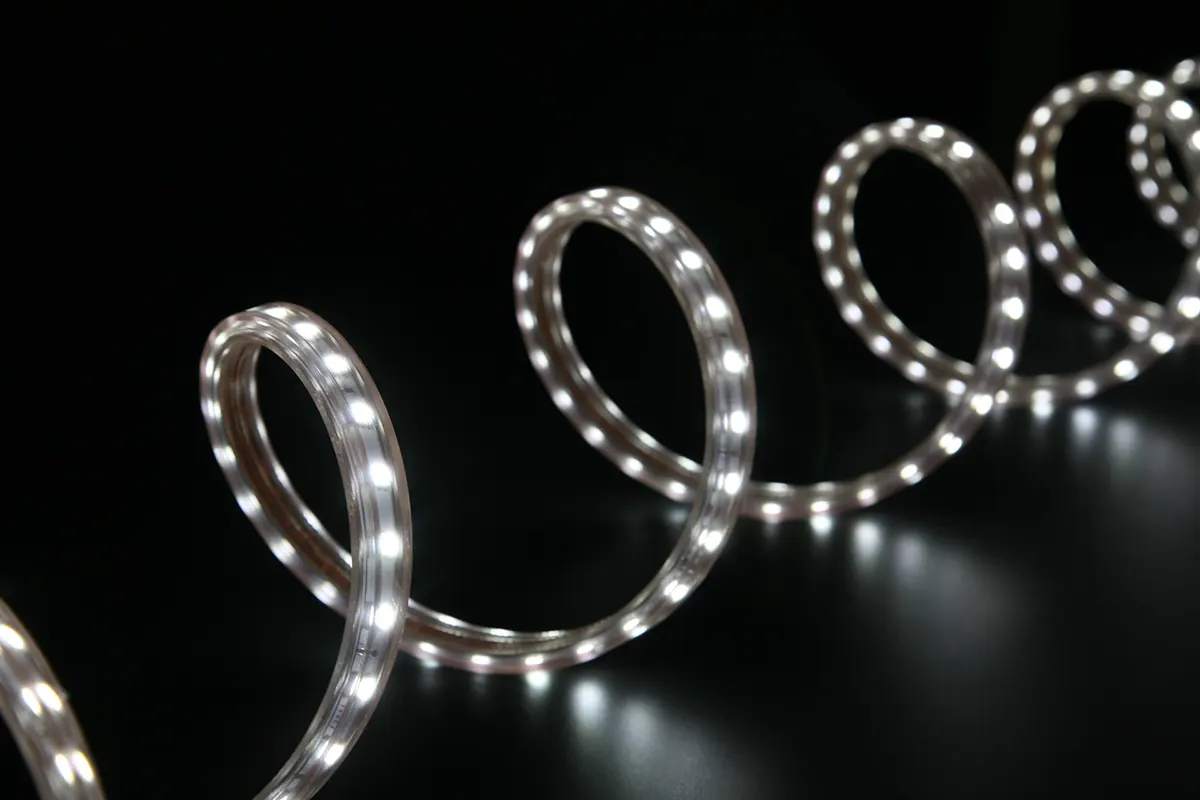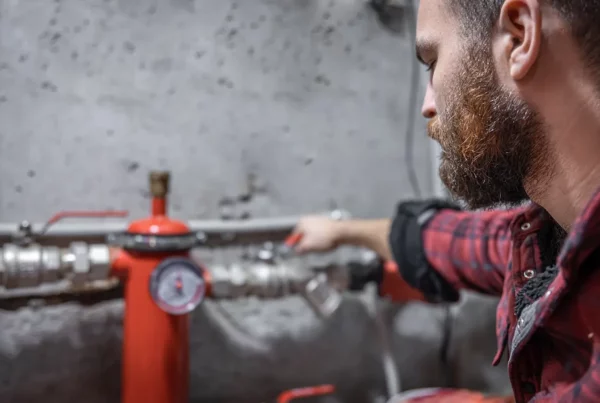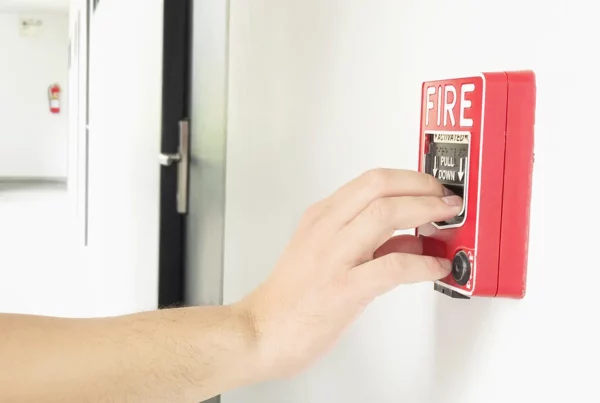
Many homeowners and businesses are switching to LED lighting in New Jersey and across the country. There are many reasons for this, including the efficiency and long life of the bulbs. Let’s explore some of the most frequently asked questions about LED lights and their many benefits.
What is an LED light?
Light-emitting diode (LED) lights work by passing an electrical current through a semiconducting material. This material is called the diode and consists of a mix of photoluminescent materials, which means they emit light under certain circumstances. These materials are known as phosphor.
Many formulations of phosphor are used. For example, some of them might contain manganese, barium oxide, aluminum oxide, soda ash, lead, boron, phosphate, nickel, and rare earth elements. The various materials that are used determine the color of the LED light. When electricity passes through the material, it causes it to emit light.
How is LED lighting different from an incandescent bulb or a compact fluorescent light?
An incandescent bulb contains a thin metal wire that heats up when electricity is passed through it. When the temperature becomes hot enough, it produces a glow. They tend to produce quite a bit of heat over time.
A compact fluorescent bulb (CFL) consists of a metal tube that is filled with argon gas. Electricity passing through the gas causes it to glow. The tube also contains tiny amounts of mercury and a coating of phosphor powder to increase the light that is emitted.
An LED works on the same principle, only the glow is produced by passing an electrical current through a semiconductor material. CFLs and LEDs produce more light and need less electricity to do so.
Can you replace a standard lightbulb with an LED?
In most cases, you can technically replace an incandescent or compact fluorescent bulb with an LED light, as long as the socket is the correct size. There are some considerations and reasons why you might not want to do this. One thing you need to check is to make sure that the wattage of the LED is appropriate for the fixture.
LEDs are much more efficient than incandescent bulbs. A 15-Watt LED lamp can put out the same amount of light as an 80 Watt incandescent bulb. An 11-Watt LED can replace a 13-Watt CFL bulb or a 60 Watt incandescent one.
While you can place an LED in the same socket as an incandescent, it is not necessarily a good idea. One reason is that new sockets that are designed for LED bulbs have a piece of aluminum to act as a heat sink that can dissipate heat and keep the chip cool. A socket designed for an incandescent bulb does not have this and can overheat the LED and shorten the lifespan of the LED significantly.
Also, if you are plugging them into an old dimmer, they might not be compatible with your new LED bulbs. While you can technically fit the LED into the old socket, it is not necessarily the best idea. Doing something that shortens the life of your LED defeats the purpose, so it is best to use a socket designed for new LEDs.
Can you mix different types of bulbs in the same fixture?
If you have a fixture that uses more than one light bulb, it is usually a good idea to use the same type of bulbs in each socket. If you use LED and incandescent bulbs together, the incandescent bulb puts out heat and can ruin the LED. For the sake of frugality, many people buy LEDs and then replace their old bulbs one by one. This is a bad idea if they are going to be used in the same fixture, and it is best to replace them all at once when switching to a different type of light bulb.
This can cause other problems, too. The chip from the LED can overheat and fail quickly. Also, the LED will receive less power from the circuit, and this can cause it to flicker, buzz, or be dim. These difficulties are less with a CFL, but it is still best to use the same type of bulb in every socket.
How long do LEDs last?
As long as you are using a socket that is designed for an LED, it can last considerably longer than an older incandescent bulb. The average lifespan of an incandescent bulb is about 750 to 2,000 hours. Compact fluorescents last about 24,000 to 36,000 hours. An LED bulb can last up to 35,000 to 50,000 hours. The long life span of an LED is one of the main reasons why they are so popular in offices, businesses, and many homes.
How much do LED bulbs save?
One of the reasons why LEDs are so efficient is that they do not release much of their energy as heat. With an incandescent bulb, almost 90% of the energy is spent producing heat and not light. Even CFLs release about 80% of their energy as heat. By comparison, LEDs spend most of their energy emitting light and very little heat.
LED lighting uses about 90% less electricity than traditional incandescent bulbs. About 35 to 40% of total energy costs for the average household are spent on lighting. If it costs $80 a month to light your house using incandescent bulbs, replacing them with LEDs will bring it down to about $16 per month. These energy savings add up over time.
If you consider a business like an office that has the lights on all the time, switching to LED lighting can have a big impact on operating costs. LED lights are also an excellent choice for battery-powered devices because they can help the battery last longer. LED lighting is also an excellent choice for outdoor lighting or an area of the home that you wish to stay lit all the time.
What types of LEDs are available?
Today, you can find many types of LED lights. Unlike older incandescent bulbs, you can find LED lights in a variety of color temperatures. You can find them in soft white, bright white, and daylight. They can range from warm to cool, or mimic natural light.
You can find LED lights for outdoor and indoor use. They can be found as strip lights, string lights, rope lights, and lamps. You can choose fixtures for your home that include pendant lights, recessed lights, decorative fixtures, bathroom fixtures, and ceiling fans. They also come for use in commercial and industrial settings.
LED bulbs are found in many shapes and sizes. Some are similar to incandescent bulbs. You can also find them as holiday lights, tube lighting, and retro-style lighting fixtures. The popularity of LEDs has meant the development of most of the same fixtures and applications as incandescent lights.
When was LED lighting invented?
The first LED was invented by Nick Holonyak Jf while working for General Electric in 1963. However, a Russian inventor claims that he was the first to invent them in 1927, but this is disputed. In 1968 Hewlett Packard began using LEDs in its calculators. The first LEDs for use in residential homes were available in 2002 and sold for about $100-$130.
Does LED lighting have any disadvantages?
One of the disadvantages of LED lighting is that the initial cost can be a little higher than CFL ones. In most places, the cost of LEDs is about 10% higher than CFL bulbs. Even though the initial cost is higher, they last longer and do not need to be replaced as often. Also, they spend less energy, so this difference in price makes up for itself over time.
LED lighting offers many benefits for your home or business. NextGen Electric in Caldwell, NJ can help you with your LED lighting installation, repair, and maintenance needs. Contact us to discuss your needs and schedule an appointment with our knowledgeable and friendly team of professionals.









